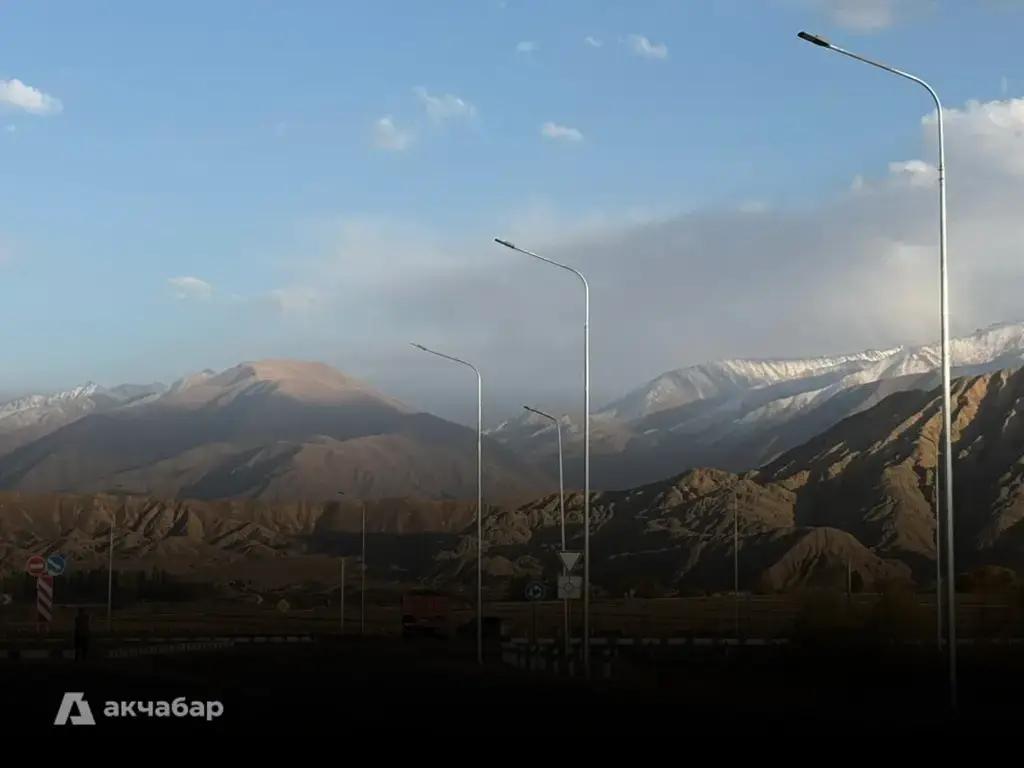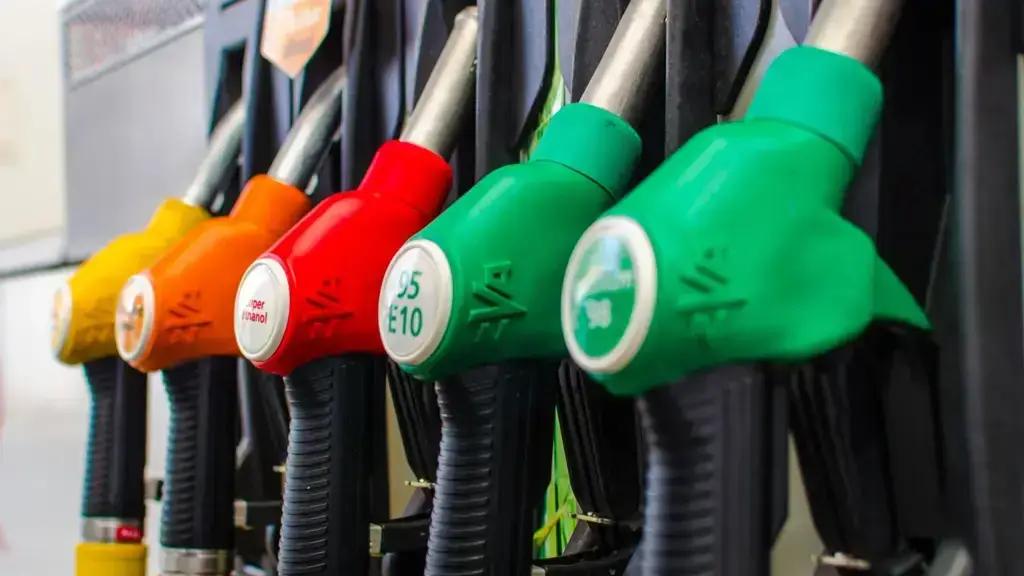Published
09/28/2024, 18:25The mountains of Kyrgyzstan are a treasure trove of minerals, and gold is one of the most valuable among them. In recent times especially, when this resource has been breaking price records on the London Stock Exchange over and over again. The Kumtor deposit has been providing the country with precious metal for more than 30 years, but it was decided in 2023 to start the development of the Togolok deposit and the Dzhangart area geological exploration. These two locations should significantly contribute to the country's economy in the future.
In 1978, the Kyrgyzgeologiya geophysical expedition began geological exploration in remote, high-mountainous areas of the Central Tien Shan. It was then that the Togolok deposit was discovered. According to geologists, the gold volume there accounted for 17 tonnes, and another 4 tonnes were found in the adjacent Dzhangart area. At that time, Soviet specialists laid 1,424 metres of tunnels, however in 1982 the decision was made to mothball the adit and concentrate their efforts on the Kumtor deposit, where, according to exploration data, there was more gold.
In August 2023, Kumtor Operating Company, a subsidiary of Kumtor Gold Company (KGC), obtained the licence to develop the Togolok gold deposit and conduct exploration works in the Dzhangarta area. And already in September last year, the KGC team started paving the way from the remote village of Uch-Koshkon (where the very Soviet geologists who conducted the first works once lived. - Author's note) to the mothballed adit. The path to the mine was not an easy one.
"The most difficult part of the journey from Uch-Koshkon village to the Togolok field is roadless area. The harsh natural conditions prevented even off-road vehicles with high cross-country ability from travelling: heavy river crossings, dangerous precipices and slopes, wheels stuck in shaky ground or torn by sharp stones. It was particularly challenging to climb on foot to an altitude of over 4,000 metres above sea level,’ the company's employees wrote on their website about the journey.
However, despite these difficulties, this autumn a journalist from the Akchabar editorial office was able to visit the temporary camp at the deposit and see with her own eyes the adit where active gold mining will soon begin.
"After we had obtained the licence, we started studying the deposit's technical documentation. According to the State Commission on Mineral Reserves protocol, there were 17 tonnes of gold on the state balance sheet,' Emil Supayev, manager of the Togolok deposit, said.
Specialists reinforced and increased the length of the tunnels in the adit. Access to 230 metres of the tunnel, which had been closed for more than 40 years, was restored. They also brought light into the adit and installed a ventilation system.
' In addition to the task of the adit rehabilitation, we had the objective to conduct additional exploration, as was specified in the documents. In this regard, the geological exploration project was developed. From the surface and the adit, we started sampling by core drilling method and collected 9,484 linear metres of rock. These samples were sent to the laboratory for gold-grade determination. Ultimately, the results exceeded initial expectations and we concluded that the inferred gold content amounted to 22 tonnes. Some of the samples were also sent to the Russian Research Institute ‘TOMS’ to study the technology of extracting useful components from the ore,’ Emil Supayev added.
At the same time, the company had the task of selecting the method of gold-bearing ore extraction. Everything had to be carefully considered, as the open-pit mining method, as at the Kumtor mine in the Dzhangart Valley, would create problems, and the underground extraction method is considered expensive by experts. In the end, the engineers found a way out.
"The project will be realised by a combined method: part of the gold will be extracted by open-pit mining and part by underground extraction. This will optimise development and reduce the negative impact on nature,' Kubanychbek Turdukozhoev, Vice President of Operations at Kumtor Gold Company, remarked in a conversation with Akchabar.
The exploration has been done, the mining method has been determined, and a little more will clear up everything about the extracting means. And here comes a logical question: ‘Where will the mined ore eventually undergo all the stages of purification (we wrote about them in detail earlier. - Author's note) and turn into Doré ingots? Recall that the Togolok deposit is located 200 kilometres from Kumtor, and even with the improved transport infrastructure, it takes more than eight hours to get there. Therefore, the new gold extraction plant (GEP) will be built next to the mine.
"One of the key objectives is a gold extraction plant construction, which will be a new and modern ore processing facility. A feasibility study is currently underway and equipment suppliers are being selected. In addition, special attention is being paid to meeting all environmental standards and minimising the environmental impact,' Kubanychbek Turdukozhoyev said.
In the future, this plant will extract gold not only from the ore mined in Togolok but from the reserves of the Dzhangarta area also. Geological exploration works are still in progress there.
"Prospecting routes have already been carried out in the Dzhangart area and there is a clear understanding of the ore-bearing body's location. At the moment, three drilling rigs are working at the deposit to take samples, and they are sufficient for the 9,000 linear metres we plan to explore,' Deputy Manager of the Dzhangart area Talgat Koshoev reported.
The Dzhangart area includes more than 10,000 hectares of land, and there may be much more gold in this area than it was originally estimated. Therefore, a mill construction in this area should be fully justified.
The development of these two sites was the first in-house project for the state after the Kumtor Gold Company nationalisation. Moreover, the Togolok deposit and Dzhangart area will become projects of a republican scale.
"Togolok and Dzhangarta Square open up new prospects. Even with the already available data on gold content there, the project can become a serious addition to the existing reserves at Kumtor, which will increase the country's total gold reserve and bring additional tax revenues to the budget,' the KGC Vice President for Industry says.
The development of the deposits will also contribute to the region's social development. According to the company, the deposit currently employs about 60 people, however in the future, the GEP will provide jobs for hundreds of people, and the neighbouring communities will also receive additional support.
It is important that the Togolok mine is being developed by the state and not by a foreign company. All the resources extracted will work for the republic's economy in the future.
According to political scientist Bakyt Baketaev, it's important that today the state is being engaged in the gold deposit development. This demonstrates the Kyrgyzstan's transition from mere capitalism to socialist capitalism.
"Previously, most of the gold went abroad, to Canada in particular, and only a small part remained in Kyrgyzstan. Now, all the mined gold remains inside the country and the republic disposes of it at its discretion. Gold mining companies are major taxpayers and participate in social projects, which contributes to improving the quality of life of Kyrgyz citizens,’ Bakyt Baketaev said in a conversation with Akchabar.
Besides, state enterprises, in addition to organising their activities, pay attention to the country's long-term interests, instead of chasing quick profits, which contributes to more responsible management of resources in the interests of future generations. And since 2021, the KGC, according to the Regulation, has been contributing 4% of its gross revenue to the development of the country's mineral resource base - a requirement which was once being ignored by the Canadians.
The development of the Togolok deposit is an important step for Kyrgyzstan in the gold mining industry development and, in general, an achievement for the whole country. Each extracted gram of gold strengthens the economic stability of the republic. Moreover, the mined gold can become a reliable asset for investors who invest in gold under the Made in Kyrgyzstan brand.



